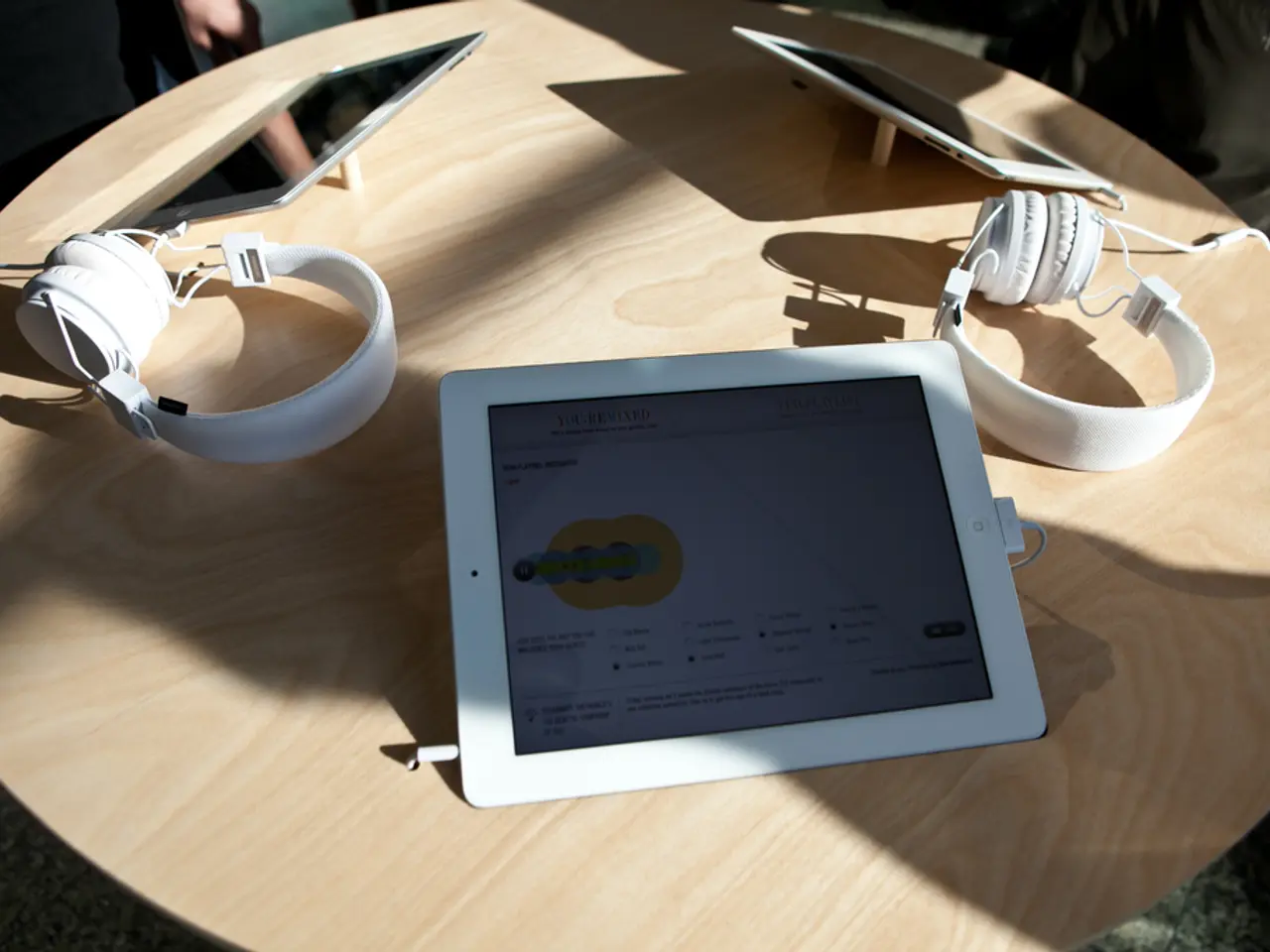Transforming Climbing: Innovations facilitating unparalleled climbing adventures
In the realm of rock climbing, technology has taken a significant leap forward, revolutionizing the sport for both beginners and experienced climbers alike. This transformation is marked by improvements in safety, performance, and training, all of which contribute to a more accessible and efficient climbing experience.
One of the key impacts of this technological advancement is the evolution of advanced safety equipment. Modern harnesses, for instance, are designed to distribute weight more evenly, ensuring comfort during long climbing sessions. Ropes, made from high-quality nylon, have become more efficient at absorbing impact, providing a crucial safety net for climbers. Belay devices, including autobelay systems, automatically manage rope tension, catching falls faster and more safely than human hands alone, thus reducing the risk of injury.
Another significant area of development is fall detection and prevention technologies. Devices like the TRU-ALERT height sensor continuously monitor whether a climber is securely clipped in to the rope, providing instant alerts to prevent accidents caused by unclipped climbing at height.
Smart training tools are also making a mark, with sensor-equipped smart climbing walls tracking climbers’ real-time movement and performance, offering precise feedback that helps beginners learn proper technique and enables experienced climbers to refine their skills safely and effectively.
Enhanced protective gear is another area where technology is making a difference. Research into optimized crash pad materials and design, informed by biomechanical studies, helps reduce injury severity on falls, especially in bouldering. Techniques for teaching controlled falling further improve safety for climbers at all levels.
In the competitive arena, technology supports accurate timing and fair scoring, especially in competitive speed climbing, as well as equipment designed to maximize efficiency and comfort, which benefits elite climbers.
Smartwatches and fitness trackers now monitor climbing-related metrics like heart rate, calories burned, elevation, and routes climbed. Bouldering mats use innovative materials for better cushioning and impact resistance. Harnesses designed for sport and lead climbing offer greater comfort for extended use, while bouldering shoes have evolved to provide better precision on smaller footholds.
Innovations in auto-locking belay devices have reduced the chances of human error while securing a climber. Indoor climbing walls have digital interfaces that simulate different rock formations and adjust difficulty levels, providing a versatile training ground. Climbing training tools such as fingerboards and hangboards track the force a climber exerts on each finger for training and injury prevention.
Modern ice climbing tools are engineered to offer a higher degree of reliability and safety during an ice climb, thanks to advanced alloys and coating techniques. Multi-purpose harnesses are designed for maximum comfort, flexibility, and support, catering to a wide range of climbing activities.
The future of climbing technology may involve integrating augmented reality (AR) and virtual reality (VR) into climbing training, offering immersive and interactive experiences for climbers. AI-powered tools may assist in route planning for climbers, based on environmental factors such as wind speed, temperature, and humidity, further enhancing the safety and efficiency of climbing expeditions.
In conclusion, technology improves safety by automating risk-critical functions, refining protective gear design, and monitoring real-time climber performance for feedback. For performance, it enables precise training, better gear ergonomics, and optimized competitive environments, making climbing both safer and more accessible for novices and enhancing effectiveness and confidence for experts.
Technology has found its way into enhancing sports equipment in sports like rock climbing, with advancements in safety gear such as smart harnesses and ropes for improved weight distribution and impact absorption. Modern safety technologies, like fall detection devices, aim to prevent accidents and reduce injury risks. In the field of training, smartwatches and sensor-equipped climbing walls offer real-time feedback for skill improvement, while AI tools may futureably assist in route planning for climbing expeditions.




